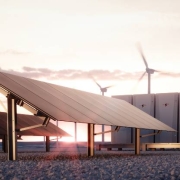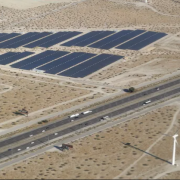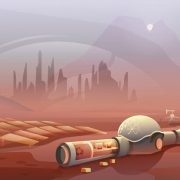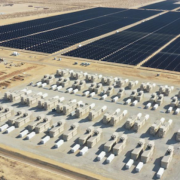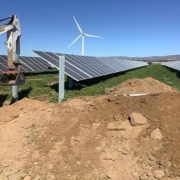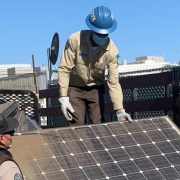Washington–Senator Dianne Feinstein (D-Calif.) joined Senators Jacky Rosen (D-Nev.), Martin Heinrich (D-N.M.), Kyrsten Sinema (D-Ariz.) and a bipartisan group of their colleagues to urge President Joe Biden to expedite and bring to a swift conclusion the administration’s investigation into solar panels and cells imported from Malaysia, Vietnam, Thailanda and Cambodia. This investigation could expand harmful, job-killing tariffs on solar imports, raising costs on consumers, and has already caused widespread cancellations and delays in the U.S. solar industry.
The solar industry employs over 230,000 American workers. According to a new report issued by the Solar Energy Industries Association, 70 percent of U.S. companies say at least half of their solar workforce is at risk as a result of this investigation.
This bipartisan letter was also signed by Senators Thom Tillis (R-N.C.), Tom Carper (D-Del.), Catherine Cortez Masto (D-Nev.), Brian Schatz (D-Hawaii), Sheldon Whitehouse (D-R.I.), Tim Kaine (D-Va.), Michael Bennet (D-Colo.), Mark Warner (D-VA), Chris Coons (D-DE), Jerry Moran (R-KS), Alex Padilla (D-Calif.), Mazie K. Hirono (D-Hawaii), John W. Hickenlooper (D-Colo.), Christopher Murphy (D-Conn.), Chris Van Hollen (D-Md.), Mark Kelly (D-Ariz.), Maggie Hassan (D-N.H.) and Angus King (I-Maine).
Click here to read the full article
Source: Feinstein
—
If you have any questions or thoughts about the topic, feel free to contact us here or leave a comment below.

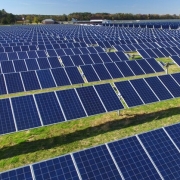
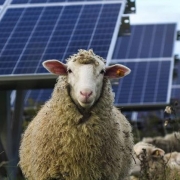
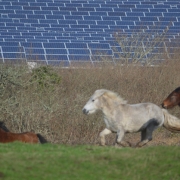
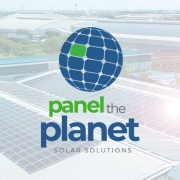 Panel The Planet
Panel The Planet